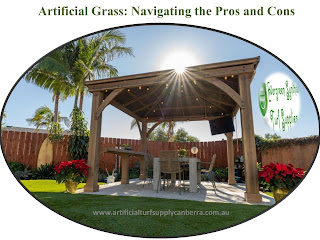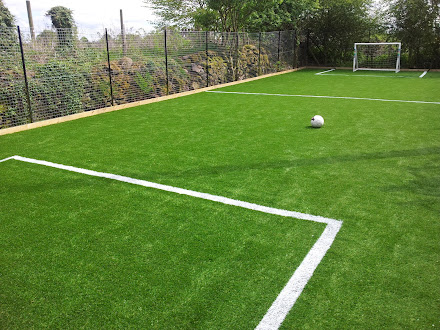Artificial Grass: Navigating the Pros and Cons
Artificial
grass, also referred to as synthetic turf, has garnered attention for its
low-maintenance allure and verdant appearance. One of its key benefits lies in
its minimal upkeep requirements. Unlike natural grass, it eliminates the need
for mowing, watering, or fertilizing, presenting an appealing option for those
desiring a lush lawn without the associated chores. Another significant
advantage of artificial grass is its durability. Capable of withstanding heavy
foot traffic and diverse weather conditions, it retains its vibrant aesthetic
year-round. Additionally, synthetic turf often boasts pest resistance and
avoids the necessity for pesticides, fostering a more environmentally conscious
landscape. However, artificial grass does come with its considerations. While
it reduces water consumption, the initial installation cost may exceed that of
natural grass. Moreover, the material's tendency to absorb heat in extreme
temperatures can render it uncomfortable to walk on during hot weather.
Drainage issues may arise, necessitating additional measures to prevent water
buildup. Environmental impact is a crucial factor to consider. While artificial
grass conserves water, its production and disposal involve materials that may
pose environmental challenges. In conclusion, artificial grass provides a
low-maintenance, durable alternative to natural lawns, albeit with potential
cost and environmental considerations. Thoroughly assessing individual needs
and priorities is essential to determine whether the benefits outweigh the
drawbacks for a specific landscaping endeavor.




Comments
Post a Comment